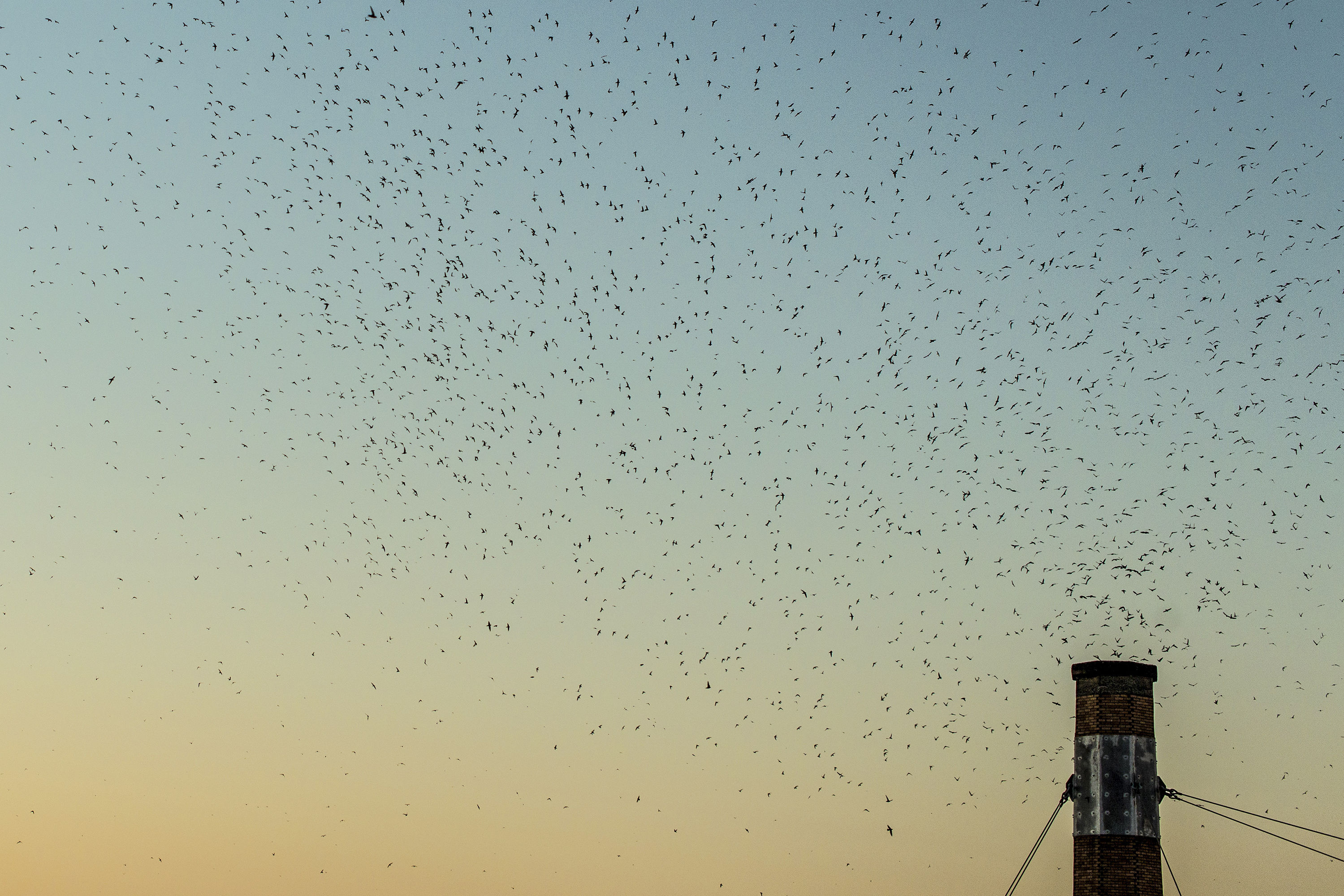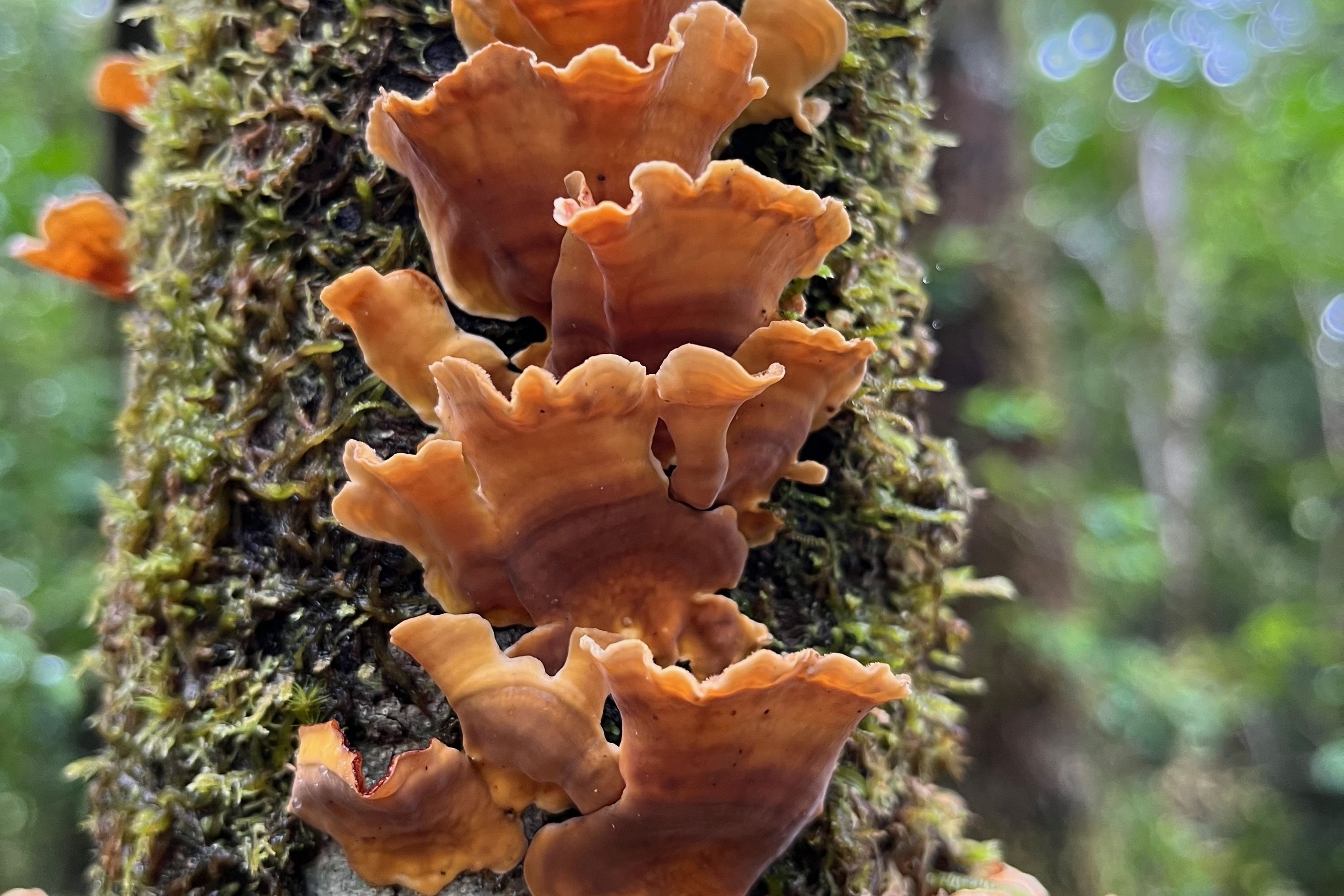It's Time to Embrace the Dark Side—to Save the Birds

Image: Courtesy Piksel Foto
Gaze out your windows at night. You won’t see many twinkling little stars. Urban light pollution—defined as any adverse effect of artificial light—is making the night sky brighter each year. The downside? It’s worse than washing out stars to wish upon. Light pollution interferes with the biological rhythms of birds, insects, and trees, disrupting complex ecosystems.
“The night is habitat,” explains Mary Coolidge, who spearheads the Portland Audubon Society’s Lights Out campaign. “We’re imbalancing a highly choreographed network of ecosystem relationships.”
Myriad wildlife species that work the dusk and dawn or graveyard shifts depend on uninterrupted darkness for communication, reproduction, protection, sleep, foraging, and orientation. Most songbirds migrate at night using celestial navigation. When lured into the maze of city lights, they become confused and often collide with illuminated buildings or drop from exhaustion. Research has documented 500 native species of birds thus affected, and estimates light pollution kills up to a billion birds each year in North America. Moths—their fate seamlessly interconnected with other creatures—perish rather than pollinating, breeding, and supplying bird food. And the seasonal cycle of Portland’s trees—particularly those beneath streetlights—is threatened, which in turn affects other organisms.
The newest villain: harsh, blue-white LED lights. In 2012, the city of Portland began converting its 55,000 streetlights to LEDs from traditional bulbs, saving millions in electric bills and drastically reducing its carbon footprint. But Lights Out says those lights are actually worse for wildlife because they’re brighter and bluer, and scatter light more easily.
To block stray rays, humans can switch off unnecessary outdoor lights, install motion sensors, use fixtures that aim light downward or are shielded to prevent glare, select low-intensity warm LEDs (under a 3,000 Kelvin rating) that supply only the amount of light needed, and close draperies during peak migration seasons (between April and June, and between August and November). The Portland Bureau of Transportation will sometimes add shields to streetlights that send too much light into people’s windows, which might help birds, too. The Lights Out campaign, part of a loose alliance of 25 other US cities, hopes Portland businesses and homeowners will take up the issue.
Doing so, she says, would “send a strong message that as our region grows and develops, we need to have a strategy to reduce bad lighting.”




